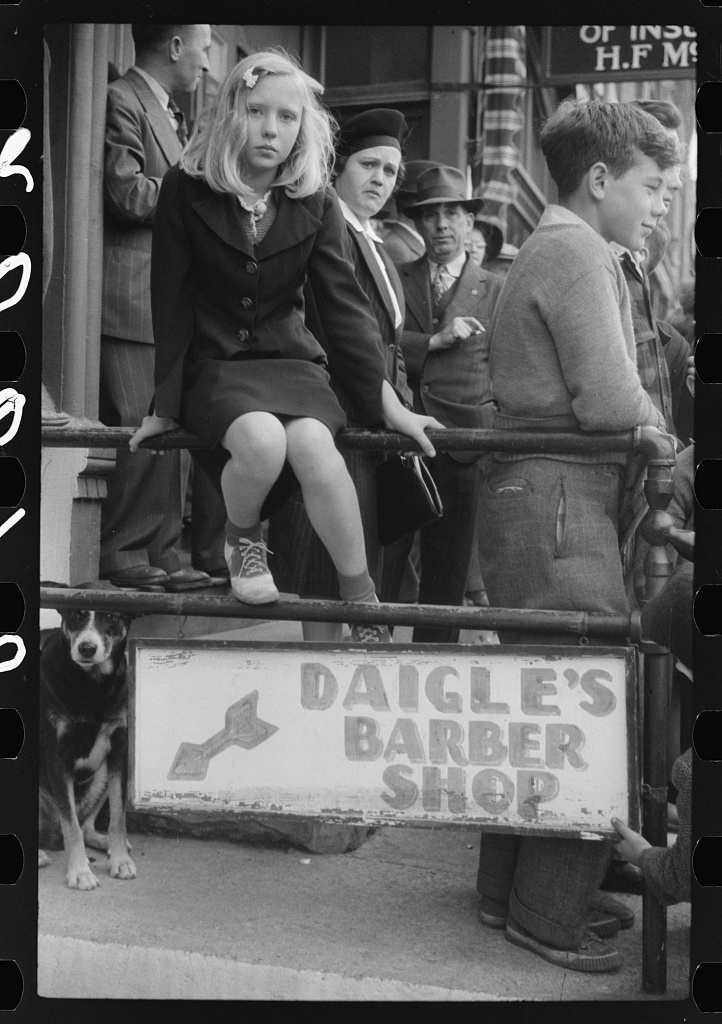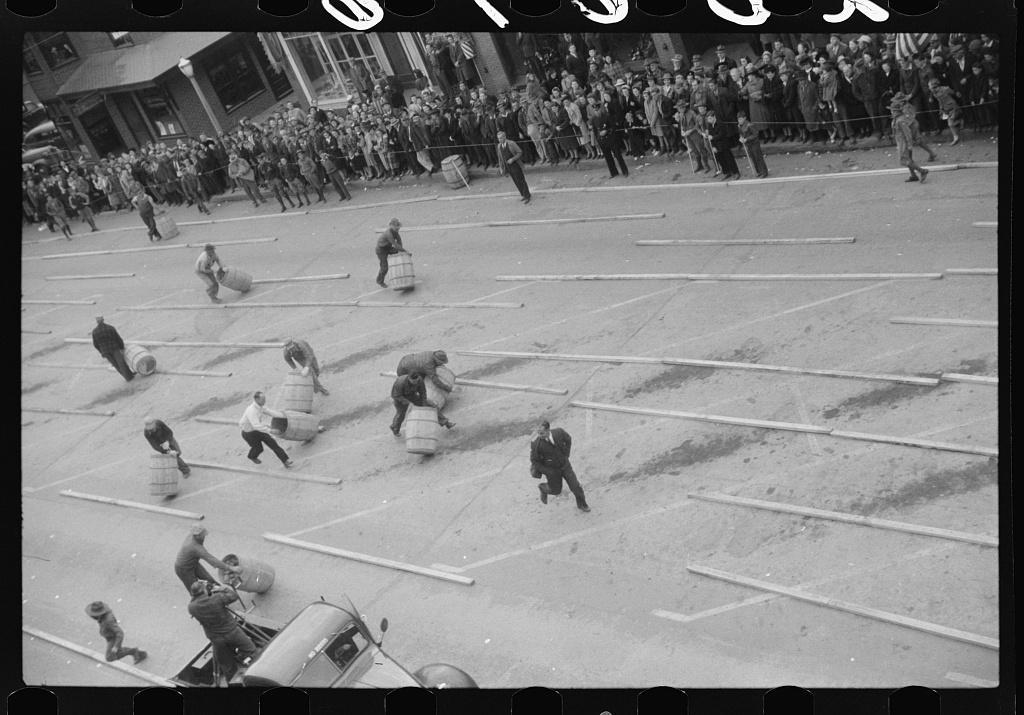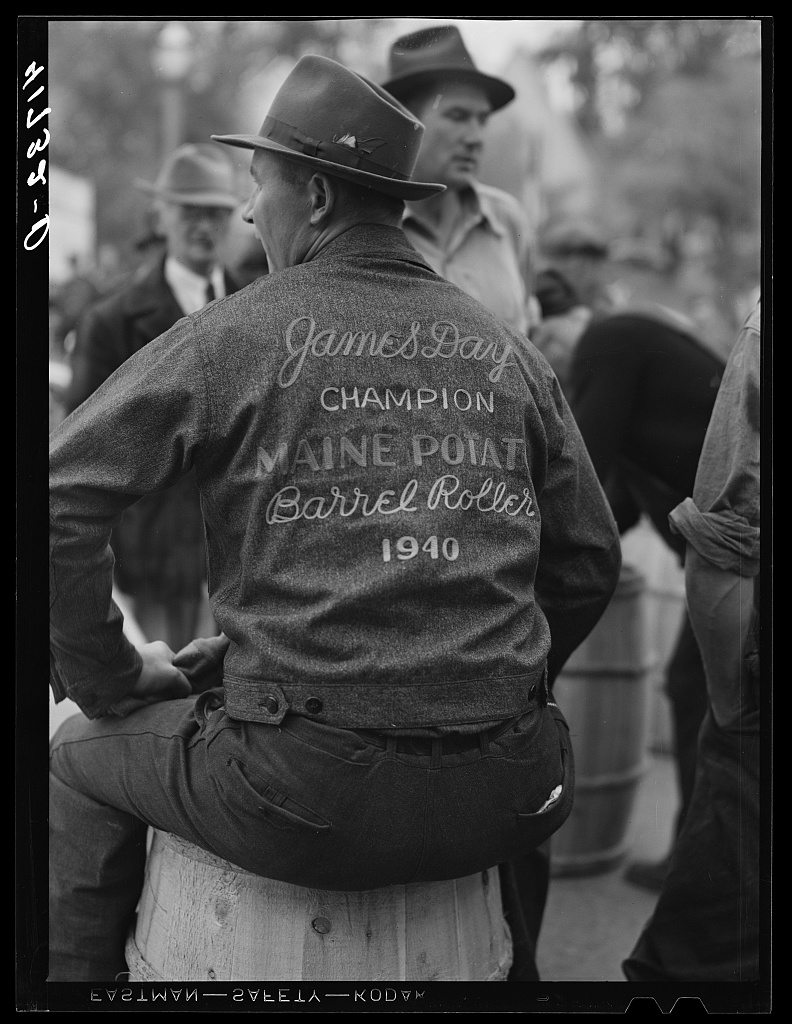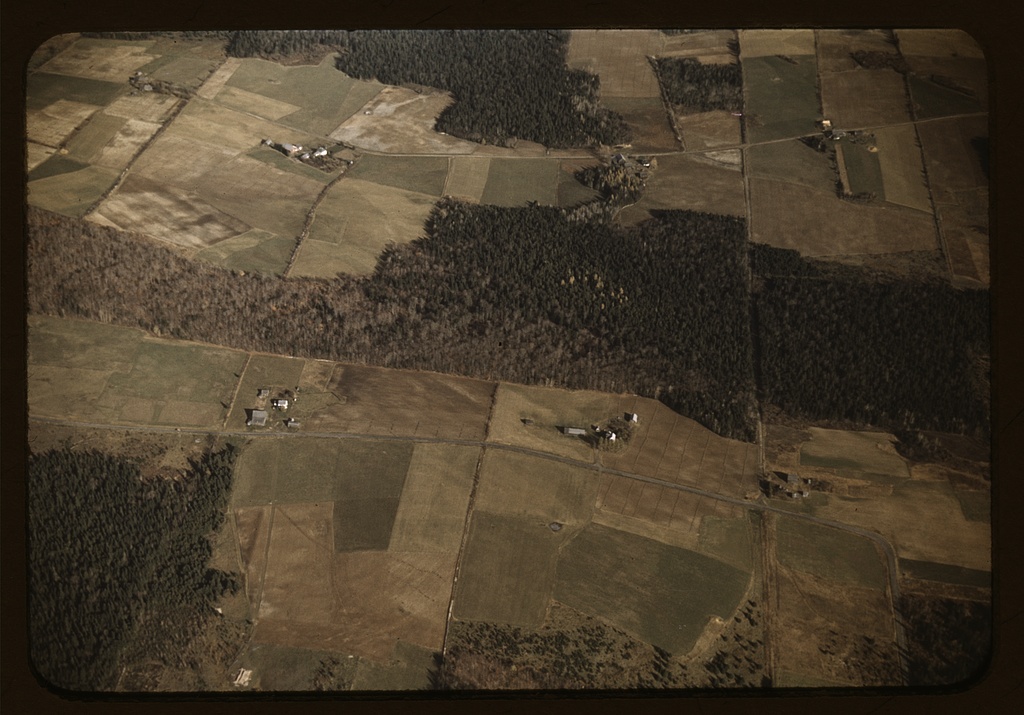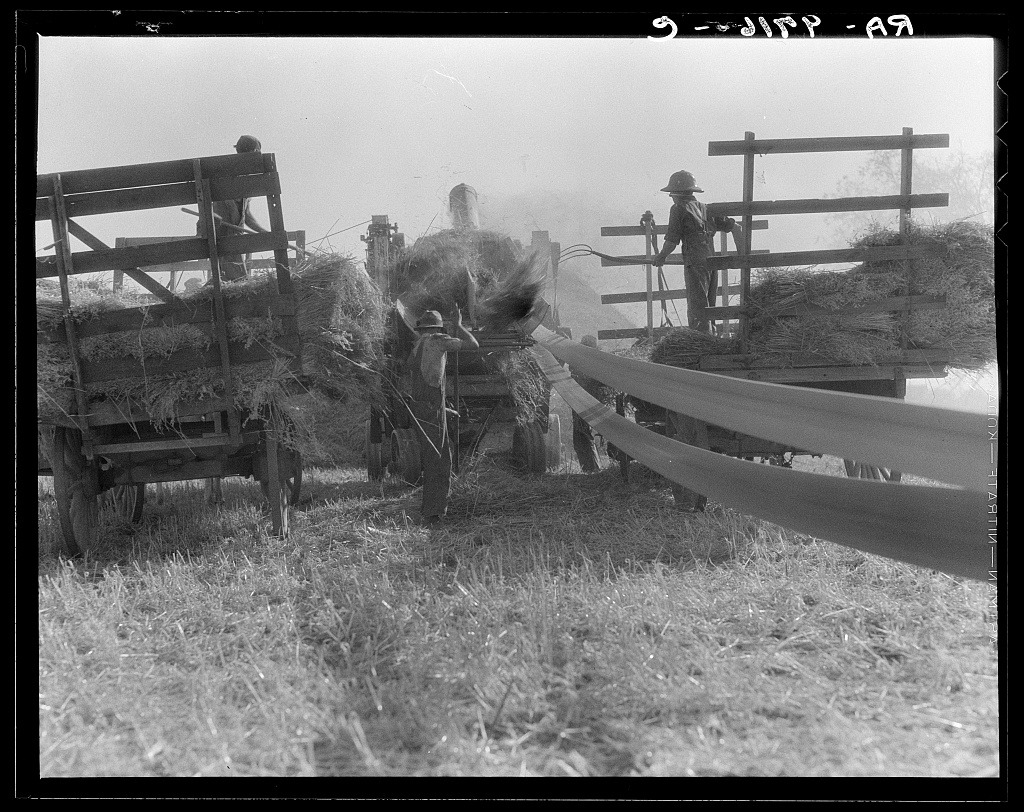I've been reading Macaulay's History of England from the Accession of James II.
Approaching the end of its twenty five hundred pages I'm beginning to suffer withdrawal symptoms. It's no help that the last volume is both posthumous and incomplete. My affection for this work comes late. I enjoyed the bits of Macaulay I read when too young to know better, but the history professors of my college years had no trouble convincing me that the man and his writings were both uncool. I learned that he wrote an unacceptable version of popular history: presentist, triumphalist, progressivist, and fundamentally flawed by biases, prejudices, and, summing it all, whiggish.
There's some truth in these accusations, but, as Macaulay himself said, any history that possesses significance — that is not a meaningless assemblage of facts — is biased, though not necessarily in a bad way, and history that lacks narrative drive — with all the potential for whiggishness which that entails — will not find readers.[1] Each generation has its favorite approach to history and the historians we treasure are those we can read with pleasure long after successive generations of critics are done with them. For me, somewhat late in life, Macaulay is one such.
I've lifted some paragraphs from two early chapters the final volume to show some of the things I like about his work.[2] Their subject is an attempt to use legislation, a Bill of Pains and Penalties, to punish a wealthy and well-connected Londoner who had accused a prominent politician of corruption and who in turn had been accused of the same. The attempt is not an event that gets discussed in other histories and its obscurity is typical of Macaulay: he made a habit of deploying colorful snippets to reinforce the broad conclusions he wished to make.
He uses this one to let us see the potential of political infighting and politicians' opportunism to cause lasting harm. He also, by the way, shows that the whiggishness of which he's often accused hasn't led him to paper over cases of venality by actual Whigs. It's the Whig majority in Commons which comes close to perverting the constitution for petty and self-serving purposes and the aristocratical Lords who prevent it from doing so. The piece also thus shows a respect for the unelected Upper House by a man whose work is supposed to (somewhat crassly) celebrate the measured and inevitable evolution of representative democracy.
This is not to say that Macaulay's history was free of whiggism. Far from it. He set out to show how came to be the things of which a British subject of his time could boast — the wealth and power of his country, the liberties of its subjects and the strength of its political, religious, and economic institutions.[3] The gradual advances which led to this state of affairs were not to him inevitable nor achieved without great drama. His history is full of contingency and the clash of opposing personalities, none untainted by disabling and sometimes tragic flaws.
He believed history had no meaning unless it told a story and he tells this story compellingly and with typical verve, but he does not pretend that the end result could have been foretold or that it was in any way intentionally produced. The motivation of individual leaders, their strengths of character and moral flaws are as interesting to Macaulay, and thus to the reader, as are the decisions they make, whether for good or, as often or more so, for ill.
Charles Duncombe, the man who's the subject of the Bill of Pains was well known in his time for his wealth and position, his humble origin and impolite diction, and his willingness to spend money — both charitably and as bribes — in order to curry favor with electors and influential leaders. He has not attracted the notice of historians. His life is little known and he is not infrequently confused with other Duncombes, particularly his cousin who worked in the Exchequer.[4]
Like many, I should say most, of the characters Macaulay puts on display Charles Duncombe was greedy, self-serving, and corrupt. He stands out, however, as the only miscreant who confesses to his misdeeds. I believe the extracts I quote below give enough of the story to convey its interest to us and its importance to Macaulay as an instance of constitutional myopia.
In the extracts the "persecuted minister" is Charles Montagu, 1st Earl of Halifax. The "bill against Fenwick" refers to the bill of attainder against the Jacobite traitor ,Sir John Fenwick, 3rd Baronet, which resulted in his beheading in 1697. Fairfax and Buckingham are well known historical figures. Rochester, Nottingham, Leeds, and other persons mentioned were peers and political leaders of the time.

The extracts bring out some of Macaulay's skill of composition. He seizes on dramatic confrontation, exults in paradox, and takes obvious pleasure in exposing the meanness of politicians. He wrote slowly, corrected much, and retained a vast memory store of facts which he checked and double-checked. Yet his writing has an immediacy and displays an almost poetic feel for pace and rhythm.
You can take a paragraph almost at random to illustrate the vigor and charm of his writing style. This passage comes in a section on the ill-fated Darien scheme of the late 1690s. It concerns the survivors of a botched attempt to establish a Scottish colony on the Isthmus of Panama. After most of the colonists succumbed to Yellow Fever or other endemic diseases a relatively small number managed to escape to New York. Macaulay writes[5]:
The voyage was horrible. Scarcely any Guinea slave ship has ever had such a middle passage. Of two hundred and fifty persons who were on board of the Saint Andrew, one hundred and fifty fed the sharks of the Atlantic before Sandy Hook was in sight. The Unicorn lost almost all its officers, and about a hundred and forty men. The Caledonia, the healthiest ship of the three, threw overboard a hundred corpses. The squalid survivors, as if they were not sufficiently miserable, raged fiercely against one another. Charges of incapacity, cruelty, brutal insolence, were hurled backward and forward. The rigid Presbyterians attributed the calamities of the colony to the wickedness of Jacobites, Prelatists, Sabbath-breakers, Atheists, who hated in others that image of God which was wanting in themselves. The accused malignants, on the other hand, complained bitterly of the impertinence of meddling fanatics and hypocrites.
------
Some sources:
The history of England from the accession of James II. Thomas Babington Macaulay, (Philadelphia, Porter & Coates, 1888)
Thomas Babington Macaulay on nndb (Notable Names Database)
The History of England from the Accession of James the Second on wikipedia
Thomas Babington Macaulay, 1st Baron Macaulay
on wikipedia
Introduction to Selections from the prose of Macaulay by Lucius Hudson Holt (Ginn and company, 1916)
Extract:
Macaulay was not only clear, but uniformly interesting. He was, in the first place, a natural-born story-teller, gifted with marvelous facility in the selection of the strikingly important facts in his narrative, and with the touch of genius in the selection of the phrases in which he presented these facts. And in the second place, he was a most careful artist in his writing, using all the devices of antithesis, balanced sentences, abrupt transitions, and climax to relieve the possible monotony of his prose. In a study of the English paragraph, Edwin H. Lewis writes: "The popular impression that Macaulay is the best of paragraphers is probably not far from the truth. ... He knows his principal point, and it is on this that he enlarges. ... He reveals very great variability in sentence-length, and drives home his main topic and his main conclusion in simple sentences. When he masses clauses it is to relieve each of emphasis and show the unity of the group as amplifying some previous terse generalization."
About Macaulay's Style, The Construction of His Sentences; How the Great Essayist Used the English Language — Some of His Homely Phrases by R.G.H. [i.e. Richard Grant White] (New York Times, August 17, 1879)
Note: The writer uses a stilted, overly-formal, and ungainly style in praising Macaulay's "simple, clear and impressive style." See the text of this article here.
Richard Grant White on wikipedia
Richard Grant White by Arnold Zwicky on Language Log
Whig history in wikipedia
Whig History Is Back by Michael Knox Beran on the GMU History News Network
"On History" by Thomas Babington Macaulay in Selections from the Edinburgh review, comprising the best articles in that journal, from its commencement to the present time. With a preliminary dissertation, and explanatory notes, edited by Maurice Cross (Baudry's European Library, 1835)
The Whig Interpretation of History by Herbert Butterfield (London, G. Bell and Sons, 1931)
A history of crime in England by Luke Owen Pike (Smith, Elder & co., 1876)
Studies in Administration and Finance 1558-1825 by Edward Hughes (Manchester University Press, 1934)
DUNCOMBE, Charles (1648-1711), of Lombard Street, London and Teddington, Mdx. on historyofparliamentonline
Duncombe, Charles in Dictionary of National Biography, 1885-1900, Volume 16, on wikisource
Charles Duncombe (English banker) in wikipedia
John Duncombe in wikipedia
DUNCOMBE, Charles (1764-1841), of Duncombe Park, Helmsley, Yorks. in The History of Parliament: the House of Commons 1820-1832, ed. D.R. Fisher (Cambridge University Press, 2009)
A handbook of London bankers: with some account of their predecessors the early goldsmiths ; together with lists of bankers from 1670 (Simpkin, Marshall, Hamilton, Kent, 1890)
April 17 The Death of the Duke of Buckingham by Alexander Pope (on Bartleby.com)
IN the worst inn’s room, with mat half-hung,
The floors of plaster, and the walls of dung,
On once a flock-bed, but repaired with straw,
With tape-tied curtains never meant to draw,
The George and Garter dangling from that bed
Where tawdry yellow strove with dirty red,
Great Villiers lies—alas! how changed from him,
That life of pleasure, and that soul of whim!
Gallant and gay, in Cliveden’s proud alcove,
The bower of wanton Shrewsbury and love;
Or just as gay at council, in a ring
Of mimic statesmen and their merry King,
No wit to flatter left of all his store!
No fool to laugh at, which he valued more.
There, victor of his health, of fortune, friends,
And fame, this lord of useless thousands ends.
Bill of attainder in wikipedia
The ROADS Family of Buckinghamshire, and 'One-Place-Studies' of Waddesdon, Grendon Underwood and Wotton Underwood on Charles Duncombe
"Defoe's True-Born Englishman" by A.C. Guthkelch in Essays and Studies by members of the English Association, Vol IV, collected by C.H. Herford (J. Murray, 1913)
This extract is from the first edition of the poem in which Duncombe is clearly identified. Subsequent editions treated the subject as a generalized grasping City banker.
Company of Scotland on wikipedia
Darien scheme on wikipedia
-------
Notes:
[1] On his attitude toward history and historians, see "On History" by Thomas Babington Macaulay in Selections from the Edinburgh review, comprising the best articles in that journal, from its commencement to the present time. With a preliminary dissertation, and explanatory notes, edited by Maurice Cross (Baudry's European Library, 1835)
[2] The paragraphs I've lifted come from Chapters XXI and XXIII.
[3] This is the first paragraph of the first chapter of the History:
I purpose to write the history of England from the accession of King James the Second down to a time which is within the memory of men still living. I shall recount the errors which, in a few months, alienated a loyal gentry and priesthood from the House of Stuart. I shall trace the course of that revolution which terminated the long struggle between our sovereigns and their parliaments, and bound up together the rights of the people and the title of the reigning dynasty. I shall relate how the new settlement was, during many troubled years, successfully defended against foreign and domestic enemies; how, under that settlement, the authority of law and the security of property were found to be compatible with a liberty of discussion and of individual action never before known; how, from the auspicious union of order and freedom, sprang a prosperity of which the annals of human affairs had furnished no example; how our country, from a state of ignominious vassalage, rapidly rose to the place of umpire among European powers; how her opulence and her martial glory grew together; how, by wise and resolute good faith, was gradually established a public credit fruitful of marvels which to the statesmen of any former age would have seemed incredible; how a gigantic commerce gave birth to a maritime power, compared with which every other maritime power, ancient or modern, sinks into insignificance; how Scotland, after ages of enmity, was at length united to England, not merely by legal bonds, but by indissoluble ties of interest and affection; how, in America, the British colonies rapidly became far mightier and wealthier than the realms which Cortes and Pizarro had added to the dominions of Charles the Fifth; how in Asia, British adventurers founded an empire not less splendid and more durable than that of Alexander.
[4] There are two good treatments of Duncombe's life and the parliamentary bill against him. The first is DUNCOMBE, Charles (1764-1841), of Duncombe Park, Helmsley, Yorks. in The History of Parliament: the House of Commons 1820-1832, ed. D.R. Fisher (Cambridge University Press, 2009) and the second is by a person named Heather: The ROADS Family of Buckinghamshire, and 'One-Place-Studies' of Waddesdon, Grendon Underwood and Wotton Underwood on rootsweb
[5] From the wikipedia article, Darien scheme:
The colonization project that became known as the Darien Scheme or Darien Disaster[1] was an unsuccessful attempt by the Kingdom of Scotland to become a world trading nation by establishing a colony called 'Caledonia' on the Isthmus of Panama in the late 1690s. From the outset, the undertaking was beset by poor planning and provision, weak leadership, lack of demand for trade goods, devastating epidemics of disease and increasing shortage of food; it was finally abandoned after a siege by Spanish forces in April, 1700. As the Darien company was backed by about a quarter of the money circulating in Scotland, its failure left the nobles and landowners – who had suffered a run of bad harvests – almost completely ruined and was an important factor in weakening their resistance to the Act of Union (finally consummated in 1707).
[8] The extract comes from Chapter XXIV of the History.



